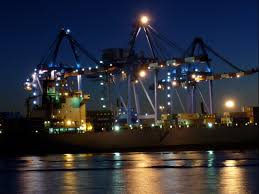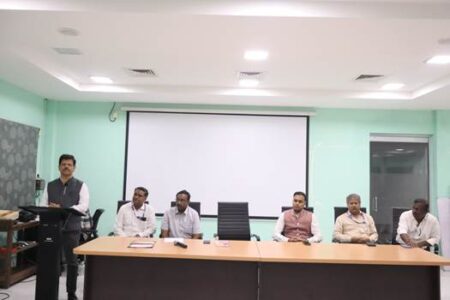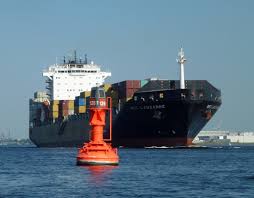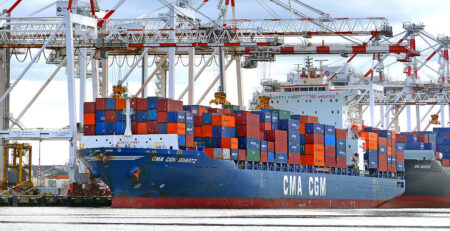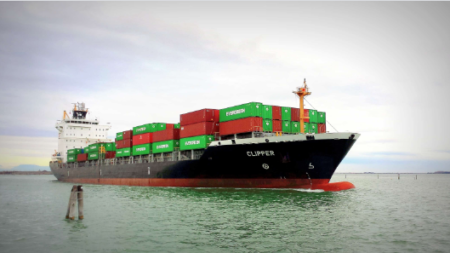With captainless ships on the horizon, the IMO’s focus on MASS signals a new chapter for global shipping; one that may soon rewrite how we sail, work, and govern maritime operations.

Captainless ships are no longer fiction; they’re the future of shipping
Maritime logistics may soon enter uncharted waters. The 110th session of the Maritime Safety Committee, held from 18 to 27 June 2025 in London, placed Maritime Autonomous Surface Ships (MASS) at the forefront of global maritime dialogue. It’s not just theoretical anymore; AI-driven vessels crossing oceans without captains may soon become a reality.
MASS degrees
To make sense of this evolving landscape, the International Maritime Organisation (IMO) has defined MASS into four degrees. The first includes ships with crews operating tech-assisted systems—part-automated, part-human. The second degree introduces remote control, but with a crew onboard. The third level eliminates the crew entirely, with full remote control. The fourth? A completely autonomous vessel—navigating and operating on its own, without a captain or crew onboard.
Regulatory roadmap
Recognising the scale of change, the IMO began a regulatory scoping exercise in 2021. Everything from safety rules to liability and certification had to be reconsidered. This led to a two-phase MASS Code: non-mandatory guidelines by 2025 and a mandatory global framework expected by 2030, taking effect from January 2032. The code aims to align with existing maritime conventions like MARPOL, SOLAS, and STCW while addressing risks, legal definitions, and technological expectations.
Tech integration
The success of MASS will hinge on robust technological integration. From real-time communication networks to environmental sensors that detect speed, weather, traffic, and potential obstacles, these ships will rely on a complex web of data that mimic a seasoned captain’s decision-making, processing information and making decisions in real-time. But seamless doesn’t mean simple. The industry still needs to iron out operating protocols, train personnel differently, and tackle cybersecurity risks before these vessels become the norm.
Global activity
Several countries are already taking strides. China’s Thunderer A 200, a remote-controlled 280-tonne vessel, shows how MASS can be used even in defence. Companies in Belgium, the Netherlands, Hong Kong, the UK, and the US are developing prototypes. Major players like Rolls-Royce, Wartsila, Hyundai, Mitsui, and MSC are actively investing, signalling this sector’s multi-billion-dollar future.
The Indian Navy is also developing remotely controlled fast intercepting boats. The Indian Register of Shipping (IRS), in collaboration with Mazagon Dock, has launched a tugboat with autonomous features—MT Andaman. IRS has also put forward preliminary safety and operational guidelines for these vessels. It’s a small but significant step toward positioning India in the autonomous shipping ecosystem.
Future outlook
MASS is still in its early days, but its implications are far-reaching. It could reshape maritime logistics, influence seafarer training, and alter how global shipping works. With the right regulations and readiness, captainless vessels might just sail into reality sooner than we expect. The outcomes of the IMO session may set the course for this exciting journey.


